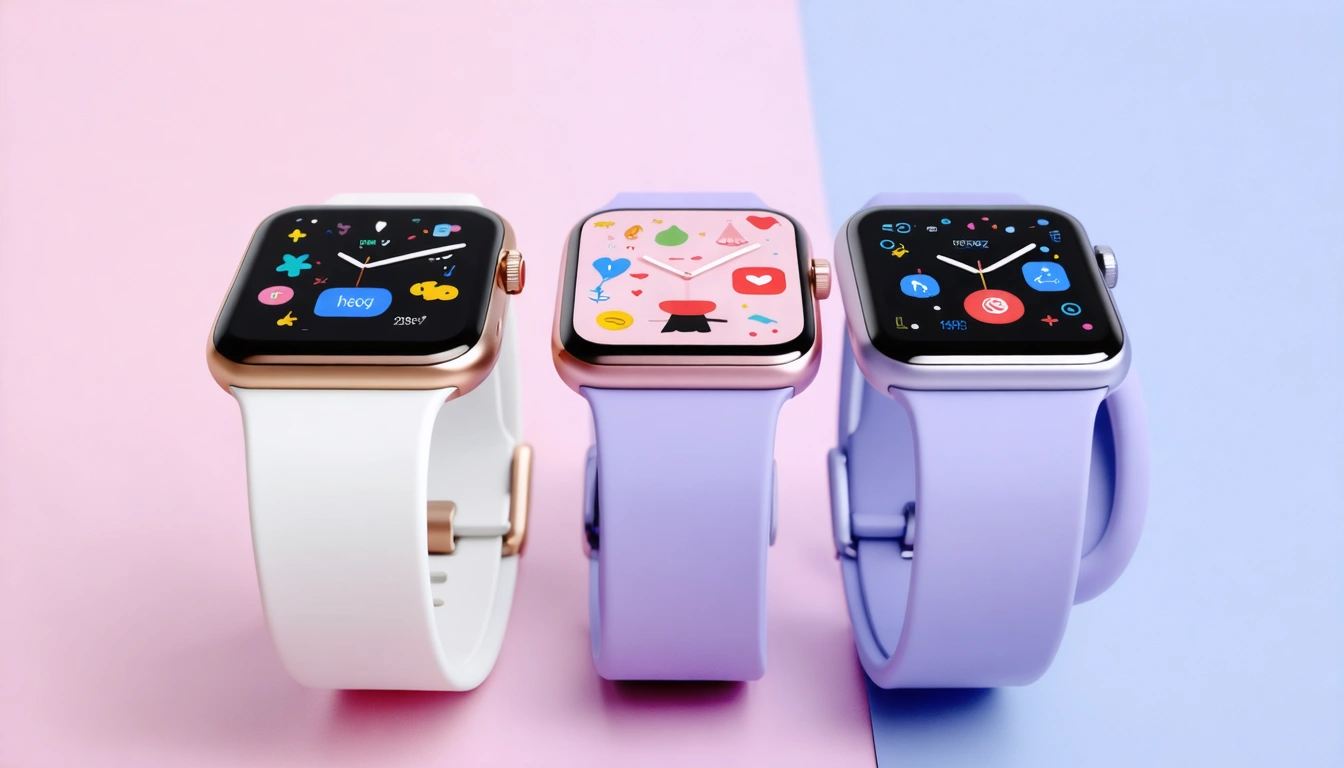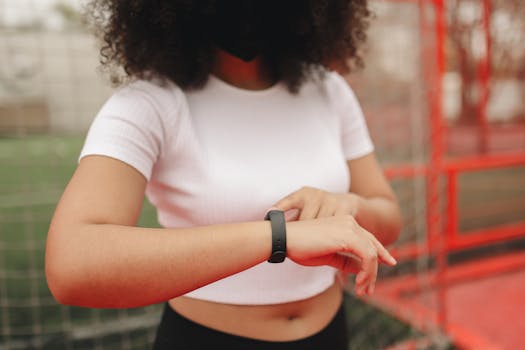
The Future of Wearable Tech: Innovations to Watch in 2025
The Future of Wearable Tech: Innovations to Watch in 2025 is an exciting and rapidly evolving field that has the potential to revolutionize the way we live, work, and interact with our surroundings. With the increasing demand for wearable devices that can track our health, fitness, and daily activities, technology companies are investing heavily in researching and developing new and innovative wearable technologies.
Introduction to Wearable Tech

Wearable technology, also known as wearables, refers to electronic devices that are designed to be worn on the body, either as an accessory or as part of a person’s clothing. These devices can range from simple fitness trackers to complex smartwatches that can perform a variety of tasks, such as tracking health metrics, receiving notifications, and controlling music playback.
Current Trends in Wearable Tech

Some of the current trends in wearable technology include the development of smartwatches, fitness trackers, and health monitoring devices. These devices use sensors and algorithms to track a variety of health metrics, such as heart rate, blood pressure, and sleep patterns. They can also provide personalized recommendations for improving physical activity, nutrition, and mental well-being.
Future Innovations in Wearable Tech

As we look to the future, there are several innovations in wearable technology that are worth watching. Some of these include:
- Advancements in sensor technology: New sensors are being developed that can track a wider range of health metrics, such as blood glucose levels, hydration levels, and UV exposure.
- Artificial intelligence and machine learning: Wearable devices are being integrated with AI and machine learning algorithms to provide more personalized and accurate health insights.
- Augmented reality and virtual reality: Wearable devices are being developed that can provide immersive AR and VR experiences, such as smart glasses and VR headsets.
- 5G connectivity: The integration of 5G connectivity into wearable devices will enable faster data transfer rates and lower latency, making it possible for wearables to transmit large amounts of data in real-time.
Conclusion

In conclusion, the future of wearable tech is exciting and rapidly evolving. With the development of new sensors, AI and machine learning algorithms, AR and VR technologies, and 5G connectivity, wearable devices are becoming more sophisticated and capable of tracking a wider range of health metrics. As these technologies continue to advance, we can expect to see more innovative and powerful wearable devices that can help us improve our health, fitness, and daily lives.






